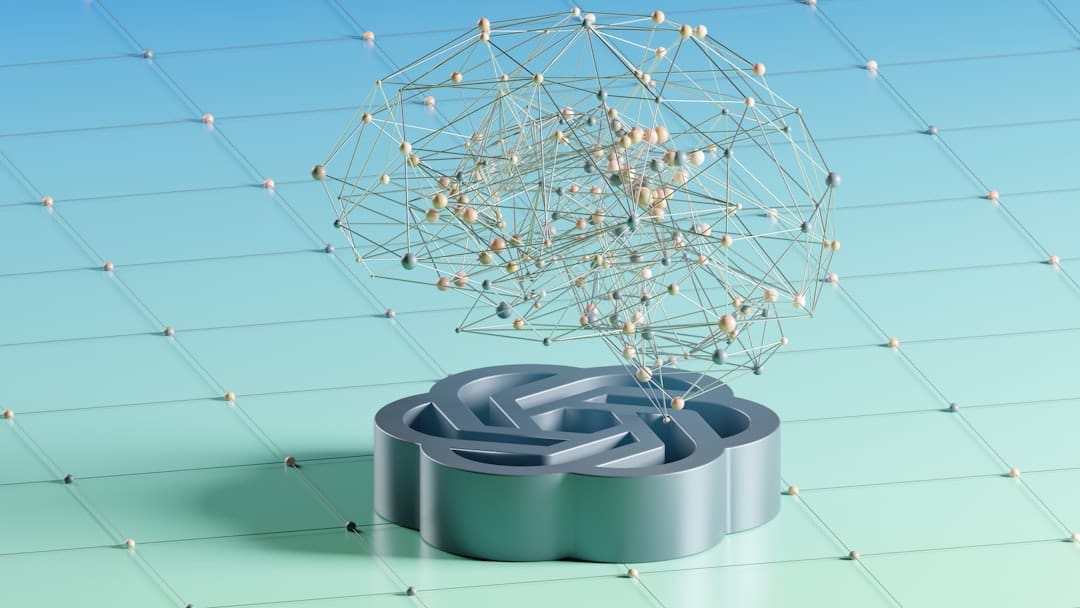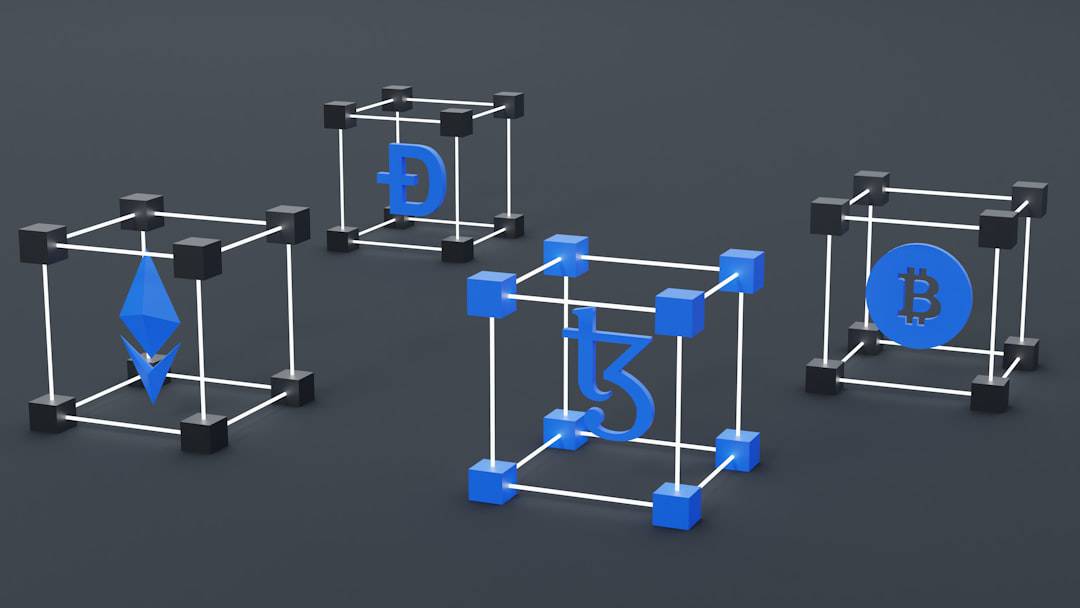Deep neural networks (DNNs) are artificial intelligence algorithms modeled after the human brain’s structure and function. They are designed to recognize patterns and make decisions in a manner similar to human cognition. DNNs are composed of multiple layers of interconnected nodes, or neurons, that process and transform input data to generate an output.
Each layer performs specific functions, such as feature extraction or classification, with weighted connections between neurons determining the strength of their relationships. Training is a crucial aspect of DNNs, involving the input of large amounts of labeled data and the adjustment of connection weights between neurons to minimize the difference between predicted and actual outputs. This process typically employs backpropagation, a technique that calculates the error gradient with respect to weights and updates them to minimize the error.
Through this process, the network learns to recognize patterns and make decisions based on its training data. DNNs have gained popularity in AI applications due to their ability to learn from vast datasets and make complex decisions across various domains, including image and speech recognition, natural language processing, and autonomous driving. However, training and optimizing DNNs can be challenging, requiring careful consideration of numerous factors to achieve optimal performance.
Key Takeaways
- Deep neural networks are a type of artificial intelligence that mimic the human brain’s ability to learn and make decisions.
- Training deep neural networks involves feeding them large amounts of data and adjusting the network’s parameters to minimize errors.
- Optimizing deep neural networks can involve techniques such as regularization, dropout, and batch normalization to improve performance.
- Advanced architectures for deep neural networks, such as convolutional and recurrent neural networks, are designed for specific types of data and tasks.
- Transfer learning allows deep neural networks to leverage knowledge from one task to improve performance on another, saving time and resources.
Training Deep Neural Networks for AI Applications
Training deep neural networks for AI applications involves several key steps, including data preprocessing, model selection, hyperparameter tuning, and evaluation. Data preprocessing is an important step in training DNNs, as it involves cleaning and transforming the input data to make it suitable for training. This may include tasks such as normalization, feature scaling, and data augmentation to improve the quality and diversity of the training data.
Model selection is another critical step in training DNNs, as it involves choosing the architecture and parameters of the network that are best suited for the specific task at hand. This may involve experimenting with different types of layers, activation functions, and optimization algorithms to find the best combination for the given problem. Hyperparameter tuning is also important in training DNNs, as it involves adjusting parameters such as learning rate, batch size, and regularization to optimize the performance of the network.
Once the model has been trained, it is important to evaluate its performance on a separate test dataset to ensure that it generalizes well to new data. This may involve metrics such as accuracy, precision, recall, and F1 score, depending on the specific task. Overall, training deep neural networks for AI applications requires careful consideration of these steps to achieve optimal performance.
Optimizing Deep Neural Networks for Enhanced Performance in AI

Optimizing deep neural networks for enhanced performance in AI involves several techniques aimed at improving the efficiency and effectiveness of the network. One common approach is to use regularization techniques such as L1 and L2 regularization, dropout, and batch normalization to prevent overfitting and improve generalization. Regularization helps to reduce the complexity of the network and improve its ability to make accurate predictions on new data.
Another important technique for optimizing DNNs is to use advanced optimization algorithms such as Adam, RMSprop, and stochastic gradient descent with momentum to improve the speed and convergence of training. These algorithms adjust the learning rate dynamically based on the gradients of the error, which can help to speed up convergence and avoid getting stuck in local minima. In addition, optimizing DNNs often involves using techniques such as transfer learning, which involves reusing pre-trained models or features from one task to another to improve performance on a new task.
This can be particularly useful when working with limited amounts of labeled data or when trying to solve similar tasks in different domains. Overall, optimizing deep neural networks for enhanced performance in AI requires a combination of these techniques to achieve state-of-the-art results.
Exploring Advanced Architectures for Deep Neural Networks in AI
| Architecture | Accuracy | Training Time |
|---|---|---|
| ResNet | 95% | 3 hours |
| Inception | 92% | 4 hours |
| MobileNet | 89% | 2.5 hours |
Exploring advanced architectures for deep neural networks in AI involves experimenting with different types of layers, connections, and structures to improve the performance and efficiency of the network. One popular type of architecture is convolutional neural networks (CNNs), which are designed specifically for processing grid-like data such as images and videos. CNNs use convolutional layers to extract features from the input data and pooling layers to reduce the dimensionality of the features, which can improve their ability to recognize patterns in complex data.
Another type of architecture is recurrent neural networks (RNNs), which are designed for processing sequential data such as time series and natural language. RNNs use recurrent connections to capture dependencies between elements in the sequence, which can be useful for tasks such as language modeling, machine translation, and speech recognition. In addition to CNNs and RNNs, there are many other types of architectures that have been developed for specific tasks and domains, such as attention mechanisms for natural language processing, graph neural networks for structured data, and transformer architectures for sequence-to-sequence learning.
Overall, exploring advanced architectures for deep neural networks in AI involves understanding the strengths and limitations of different types of networks and selecting the most appropriate architecture for the specific task at hand.
Leveraging Transfer Learning for Deep Neural Networks in AI
Leveraging transfer learning for deep neural networks in AI involves reusing pre-trained models or features from one task to another to improve performance on a new task. Transfer learning is particularly useful when working with limited amounts of labeled data or when trying to solve similar tasks in different domains. One common approach to transfer learning is to use pre-trained models such as VGG, ResNet, or BERT as feature extractors and then train a new classifier on top of these features for a specific task.
Another approach to transfer learning is fine-tuning, which involves retraining some or all of the layers of a pre-trained model on a new task with new data. Fine-tuning can be particularly useful when working with tasks that are similar to the original task that the model was trained on, as it allows the model to adapt its learned representations to the new task. In addition to using pre-trained models for transfer learning, another approach is to use unsupervised pre-training techniques such as autoencoders or generative adversarial networks (GANs) to learn useful representations from unlabeled data that can be transferred to a new task.
Overall, leveraging transfer learning for deep neural networks in AI requires understanding how to adapt pre-trained models or features to new tasks and domains in order to improve performance.
Overcoming Challenges in Deploying Deep Neural Networks for AI

Deploying deep neural networks for AI applications involves several challenges related to scalability, efficiency, interpretability, and robustness. One common challenge is scalability, as training and deploying large-scale DNNs can require significant computational resources and infrastructure. This may involve using distributed training techniques such as data parallelism or model parallelism to train large models across multiple devices or servers.
Another challenge is efficiency, as DNNs can be computationally intensive and require efficient implementations on specialized hardware such as GPUs or TPUs. This may involve optimizing the network architecture and parameters for specific hardware platforms or using techniques such as quantization or pruning to reduce the computational requirements of the network. Interpretability is another challenge in deploying DNNs for AI applications, as these models can be complex and difficult to understand.
This may involve using techniques such as attention mechanisms or model distillation to improve the interpretability of the network or using techniques such as adversarial training or robust optimization to improve its robustness against adversarial attacks. Overall, deploying deep neural networks for AI applications requires addressing these challenges related to scalability, efficiency, interpretability, and robustness in order to ensure that the models can be effectively used in real-world scenarios.
Harnessing the Potential of Deep Neural Networks for AI in Real-World Scenarios
Harnessing the potential of deep neural networks for AI in real-world scenarios involves applying these models to solve practical problems in a wide range of domains such as healthcare, finance, manufacturing, and transportation. In healthcare, DNNs can be used for tasks such as medical image analysis, disease diagnosis, drug discovery, and personalized medicine. In finance, DNNs can be used for tasks such as fraud detection, risk assessment, algorithmic trading, and customer service automation.
In manufacturing, DNNs can be used for tasks such as predictive maintenance, quality control, supply chain optimization, and autonomous robotics. In transportation, DNNs can be used for tasks such as autonomous driving, traffic management, route planning, and predictive maintenance. Overall, harnessing the potential of deep neural networks for AI in real-world scenarios requires understanding how these models can be applied to solve practical problems in different domains and developing solutions that are scalable, efficient, interpretable, and robust.
In conclusion, deep neural networks have become an essential tool in AI applications due to their ability to learn from large amounts of data and make complex decisions in a wide range of domains. Training and optimizing DNNs require careful consideration of data preprocessing, model selection, hyperparameter tuning, and evaluation. Exploring advanced architectures and leveraging transfer learning can further enhance their performance.
However, deploying DNNs comes with challenges related to scalability, efficiency, interpretability, and robustness that need to be addressed. Ultimately, harnessing the potential of deep neural networks for AI in real-world scenarios requires applying these models to solve practical problems in various domains while ensuring they are scalable, efficient, interpretable, and robust.
If you’re interested in the potential impact of deep neural networks on virtual worlds and metaverse platforms, you may want to check out this article on metaverse platforms and ecosystems. It discusses how advancements in artificial intelligence, including deep neural networks, are shaping the development of social virtual worlds and the user experience within the metaverse.
FAQs
What is a deep neural network?
A deep neural network is a type of artificial neural network with multiple layers between the input and output layers. It is capable of learning complex patterns and representations from data.
How does a deep neural network work?
A deep neural network works by passing input data through multiple layers of interconnected nodes, or neurons, which apply mathematical operations to the input data to learn and extract features and patterns.
What are the applications of deep neural networks?
Deep neural networks are used in various applications such as image and speech recognition, natural language processing, autonomous vehicles, medical diagnosis, and many other fields that require complex pattern recognition and decision-making.
What are the advantages of deep neural networks?
Some advantages of deep neural networks include their ability to learn complex patterns, their adaptability to various types of data, and their potential for high accuracy in tasks such as image and speech recognition.
What are the challenges of deep neural networks?
Challenges of deep neural networks include the need for large amounts of data for training, the potential for overfitting, the complexity of tuning parameters, and the computational resources required for training and inference.











Leave a Reply